Copyright © 2025 Motivate Media Group. All rights reserved.
While the field of architecture continues its focus on new buildings, Spanish architect and muralist Elvira Solana has other ideas
For Solana, choosing murals was a conscious response to the negative impacts of building

“Architecture transforms our physical habitat. A mural [on the other hand] can transform the way we perceive architecture,” begins Spanish architect Elvira Solana, whose transition into painting murals is part of a wider mission to rethink the ways in which one can practice architecture. Having studied in cities across the globe – from Madrid and Barcelona to Ahmedabad, Istanbul, Paris and Florence – for Solana, painting architecture is another way of creating architecture – without having to actually build anything.
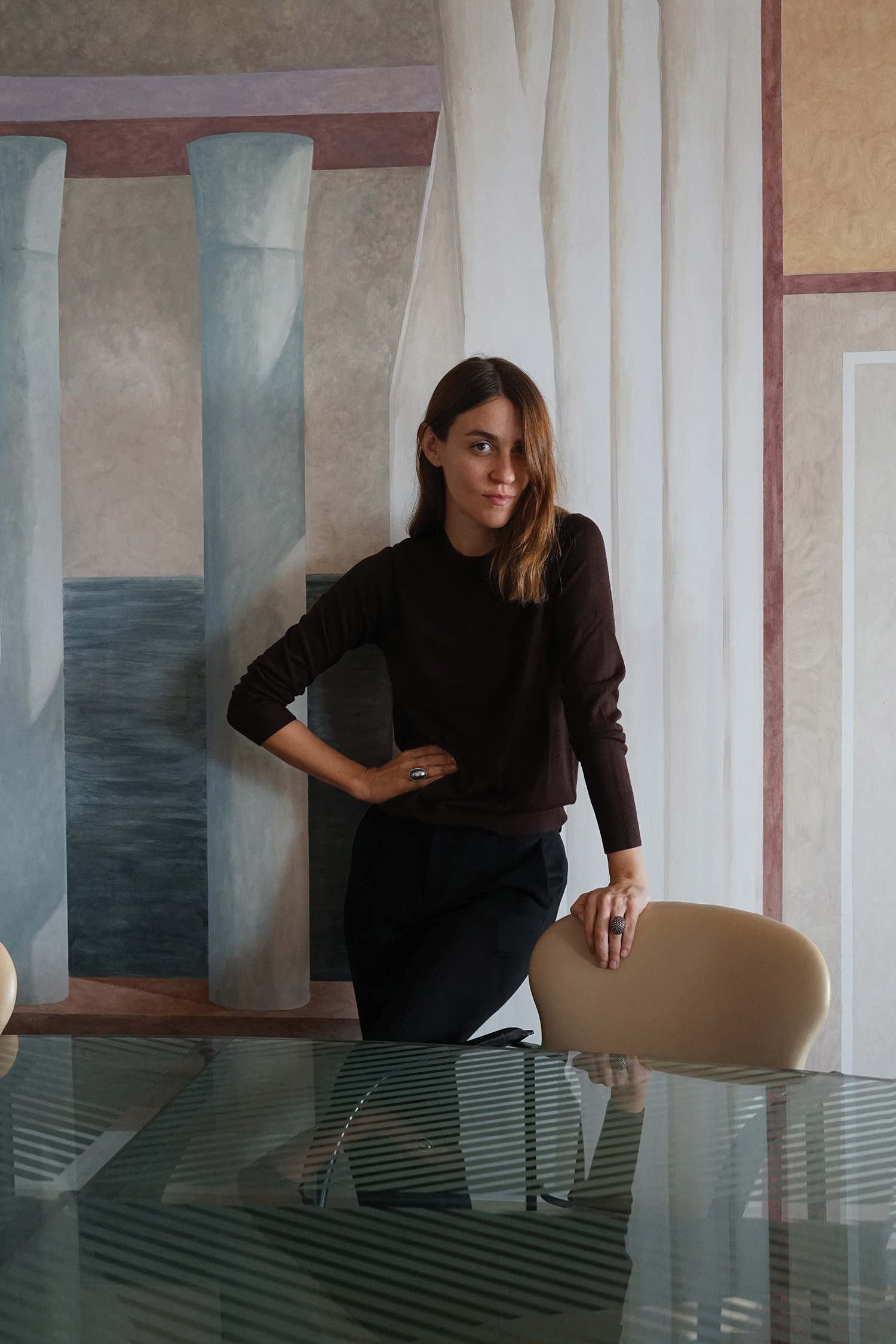
“Using paint as a constructive element, I can create something new without creating something new. This is what I intend to do: rethink space through surface intervention alone,” Solana explains. “There is no need to knock down any wall. We can just modify the way we perceive them, transforming the architectural perception of a room or a space – creating architecture by painting architecture.”
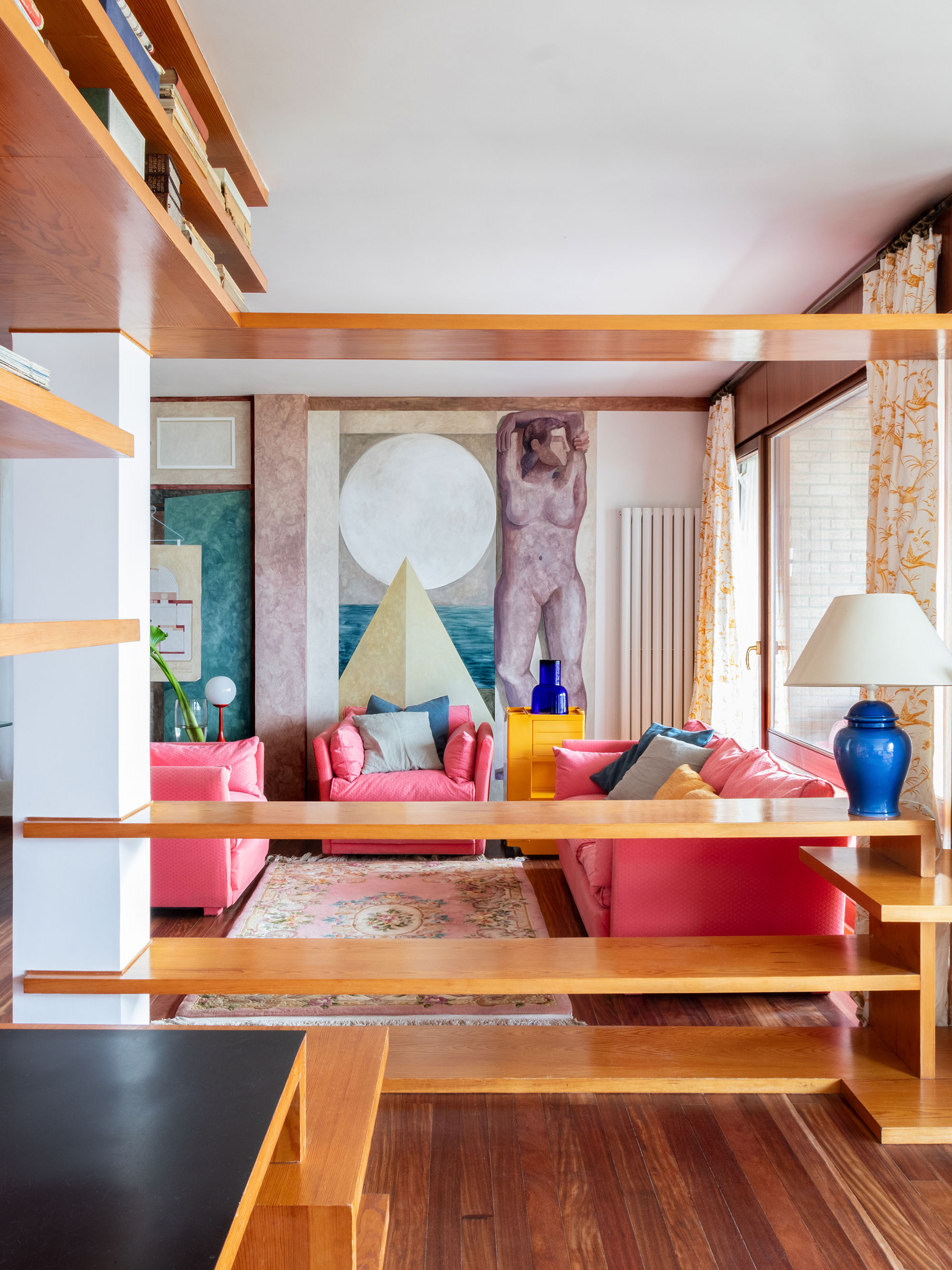
Solana’s projects are wide-ranging and include commissions from private clients, restaurants and brands. “I have always interpreted murals from an architect’s perspective. Unlike a painting on canvas, a mural is always made for a specific context and location. The painting (mural) and the surface (wall) become an inseparable unit. The context [becomes] part of the mural, and vice versa,” she explains.
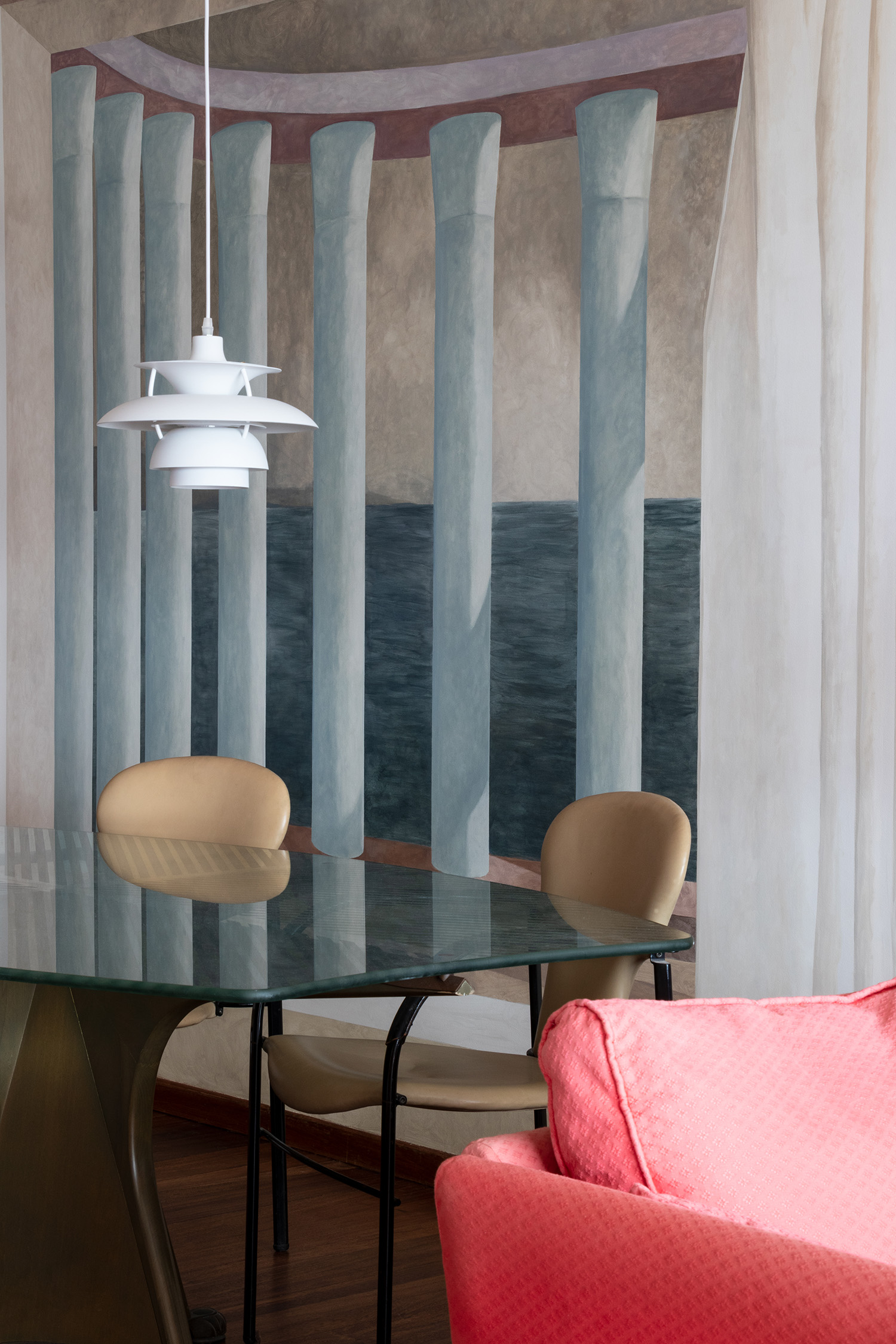
For Sant Ambroeus restaurant in Milan – designed by architect Fabrizio Casiraghi – Solana has painted a wooden panel, her first time working on free-standing walls.
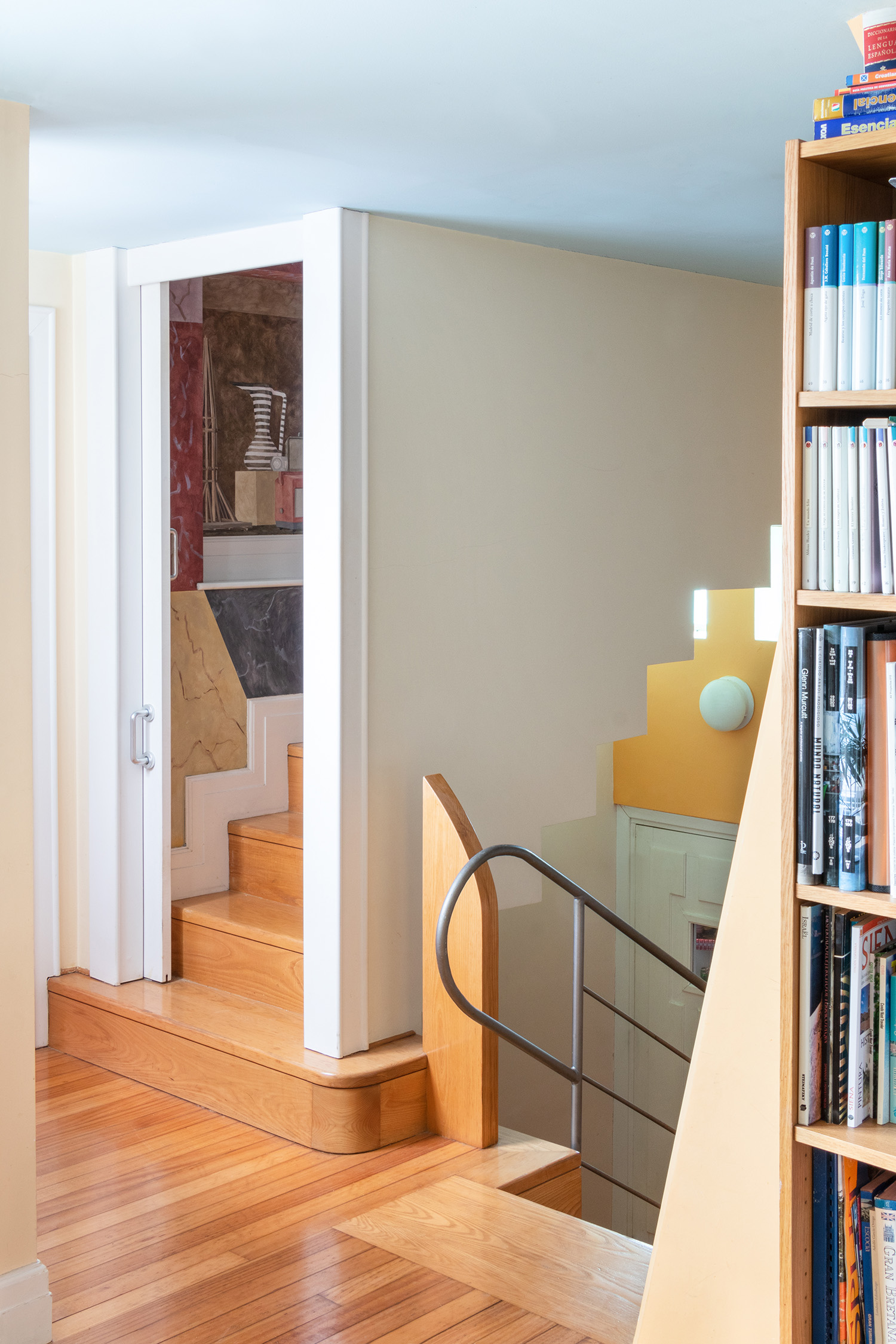
In the bathroom of a private home, another mural called ‘Private Pleasures and Misfortunes’ is an 80-centimetre frieze that surrounds the entire room. The project is two-sided: one side is allegorical and refers to traditional Roman paintings; while the other, Solana describes as an “architectonic essay depicting a series of geometrical objects with a theoretical – rather than metaphorical – intention.”
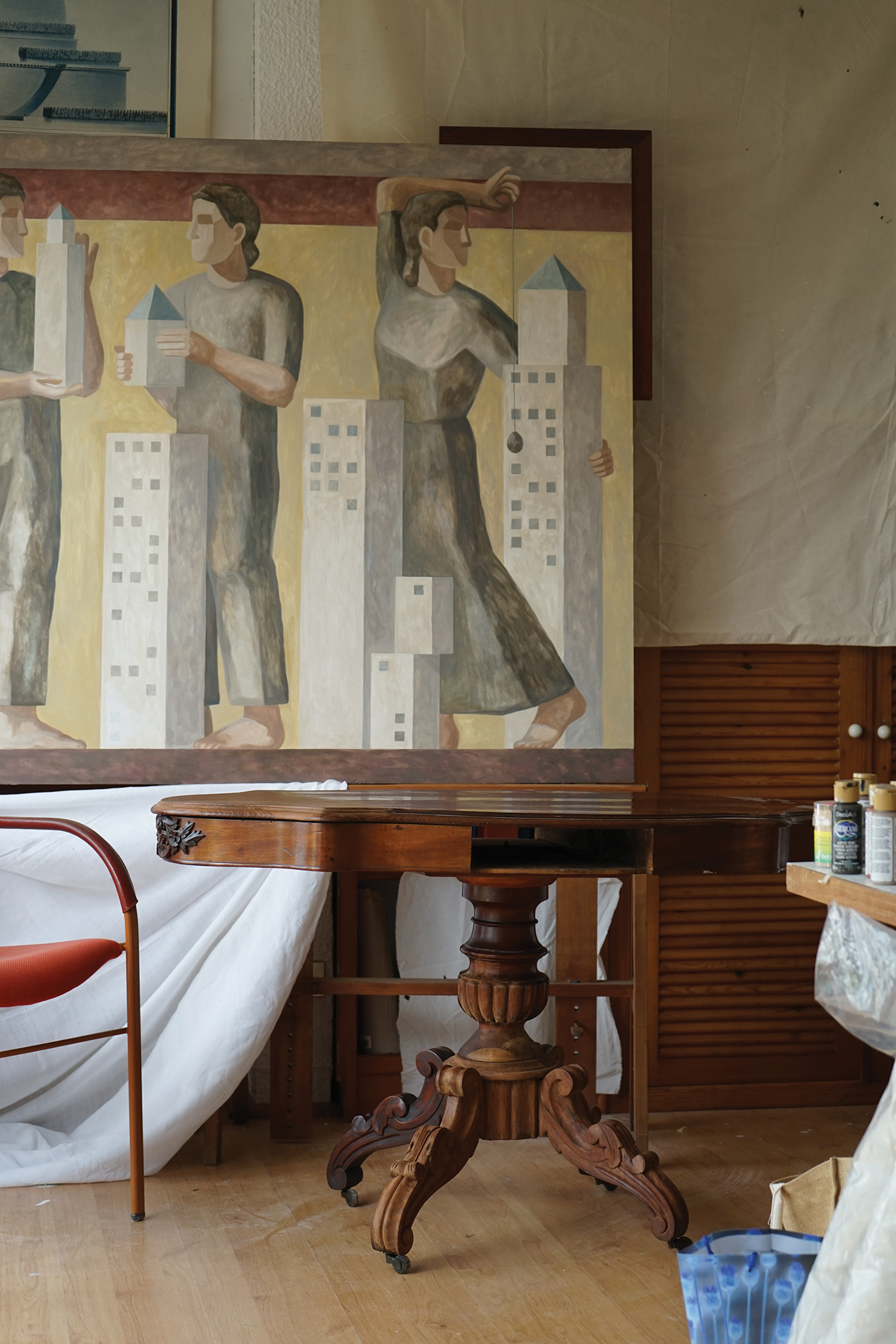
“From an architectural point of view, each mural is a unique project – it must be made to fit in a specific location and serve a specific purpose,” says Solana. “Therefore, the first step in the design of a mural requires a correct analysis of the context through experience, plans, architectural models and sketches. Each project gives rise to its own storyline and, therefore, has its own look and feel.”
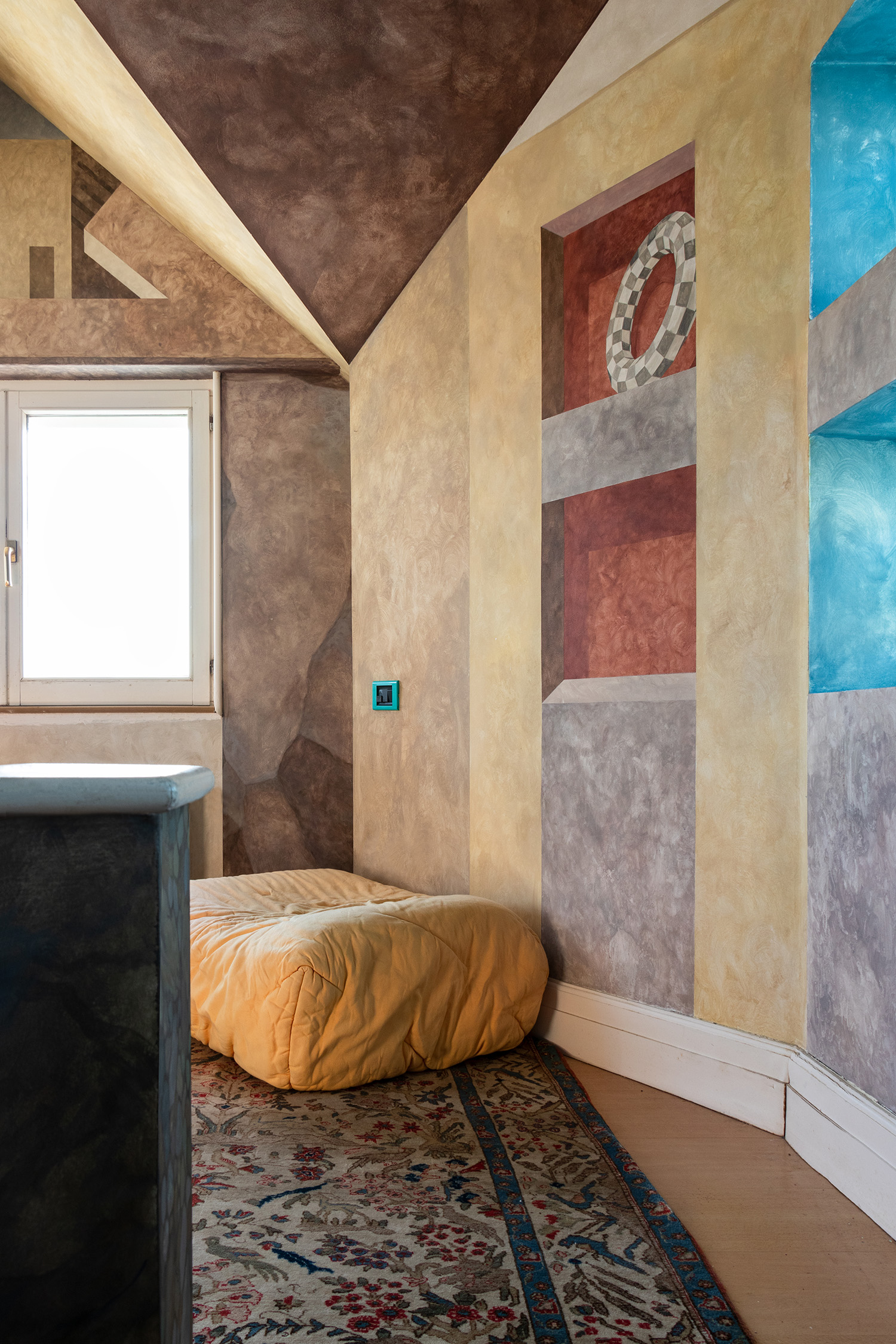
For her own apartment in Santander, Solana created a ‘virtual’ expansion that transformed the “pictorial space into an architectural one” without the need to knock down any of the walls in the home. Instead, she painted a colonnade beside the dining room and a pyramid behind the living room, completely transforming the spatial qualities of the space. “Using the classic trompe-l’oeil technique, the context and the perception of space are modified to question our pace and way of life, all while re-establishing the dialogue between architecture and painting. Is it possible to transform our homes without wasting goods and material resources? Indeed, it is,” she says.
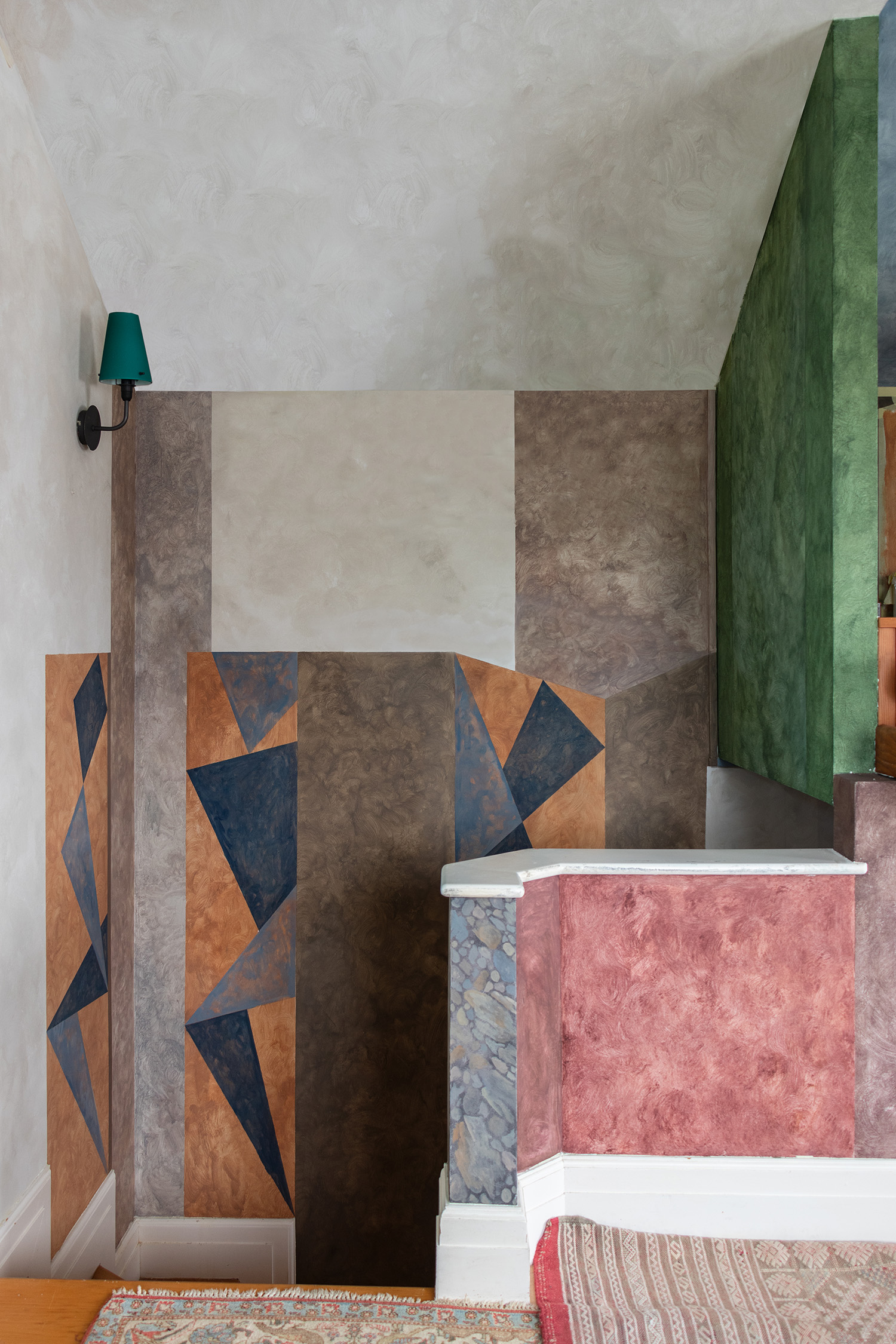
For Solana, choosing murals was a conscious response to the negative impacts of building. “The world we inhabit is physical and finite. Even our digital actions have some material consequences on the planet,” she says. “[Therefore], we need to think about ways of living and transforming architecture without creating more material waste. Although none of our actions are completely impact-free, murals can transform architecture with [the] minimum waste of materials and resources.”
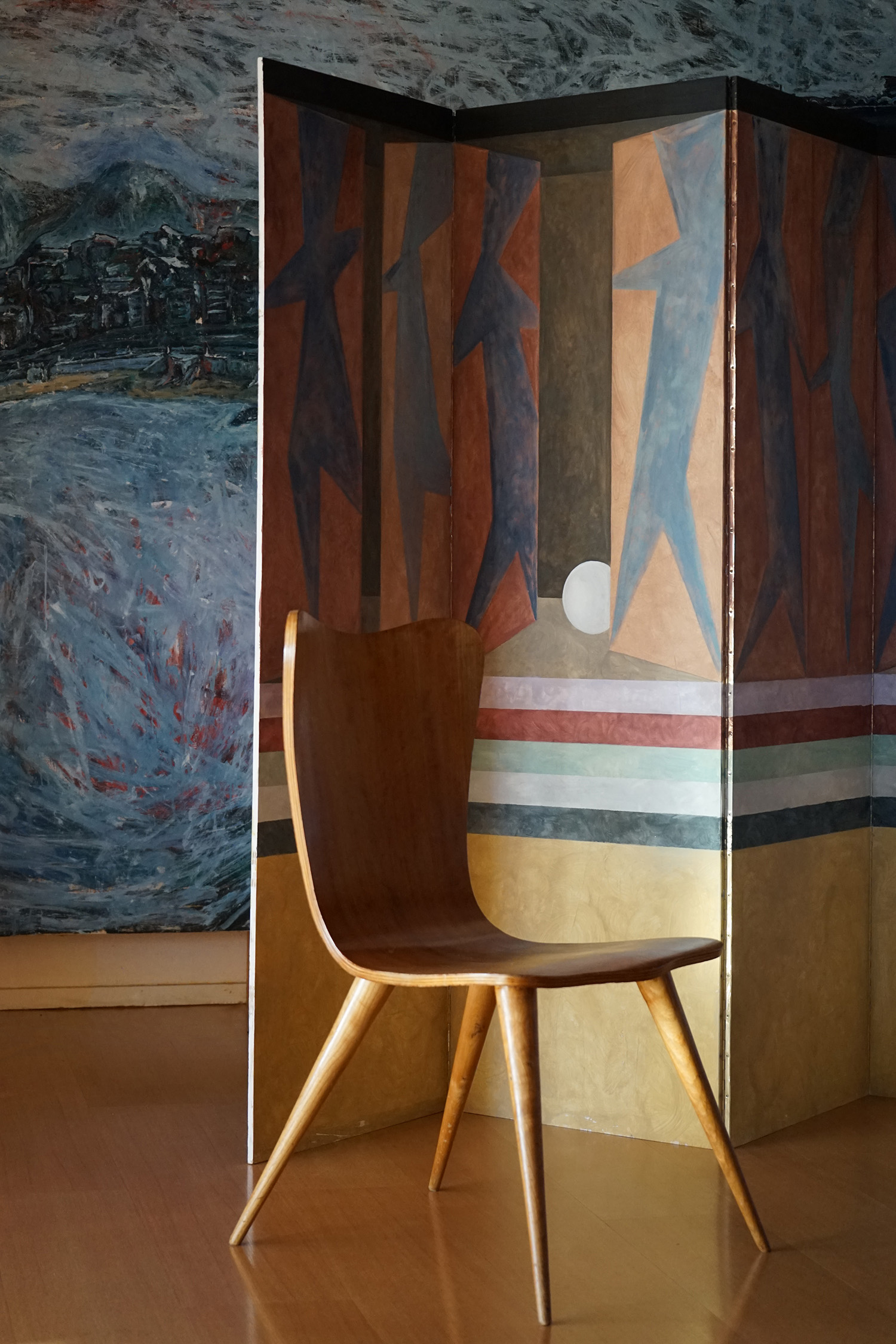
Photography by David Moya
The Latest
Elevate Your Reading Space
Assouline’s new objects and home fragrances collection are an ideal complement to your reading rituals
All Aboard
What it will be like aboard the world’s largest residential yacht, the ULYSSIA?
Inside The Charleston
A tribute to Galle Fort’s complex heritage, The Charleston blends Art Deco elegance with Sri Lankan artistry and Bawa-infused modernism
Design Take: Buddha Bar
We unveil the story behind the iconic design of the much-loved Buddha Bar in Grosvenor House.
A Layered Narrative
An Edwardian home in London becomes a serene gallery of culture, craft and contemporary design
A Brand Symphony
Kader Mithani, CEO of Casamia, and Gian Luca Gessi, CEO of Gessi, reflect on the partnership between the two brands
The Art of Wellness
Kintsugi in Abu Dhabi, situated in a seven-storey villa, offers the ultimate zen retreat
Design Take: Inside the Royal Suite at Jumeirah Al Naseem
With sweeping views of the ocean and Burj Al Arab, this two bedroom royal suite offers a lush stay.
Elevated Living
Designed by La Bottega Interiors, this penthouse at the Delano Dubai echoes soft minimalism
Quiet Luxury
Studio SuCo transforms a villa in Dubailand into a refined home
Contrasting Textures
Located in Al Barari and designed by BONE Studio, this home provides both openness and intimacy through the unique use of materials
Stillness, Form and Function
Yasmin Farahmandy of Y Design Interior has designed a home for a creative from the film industry
















